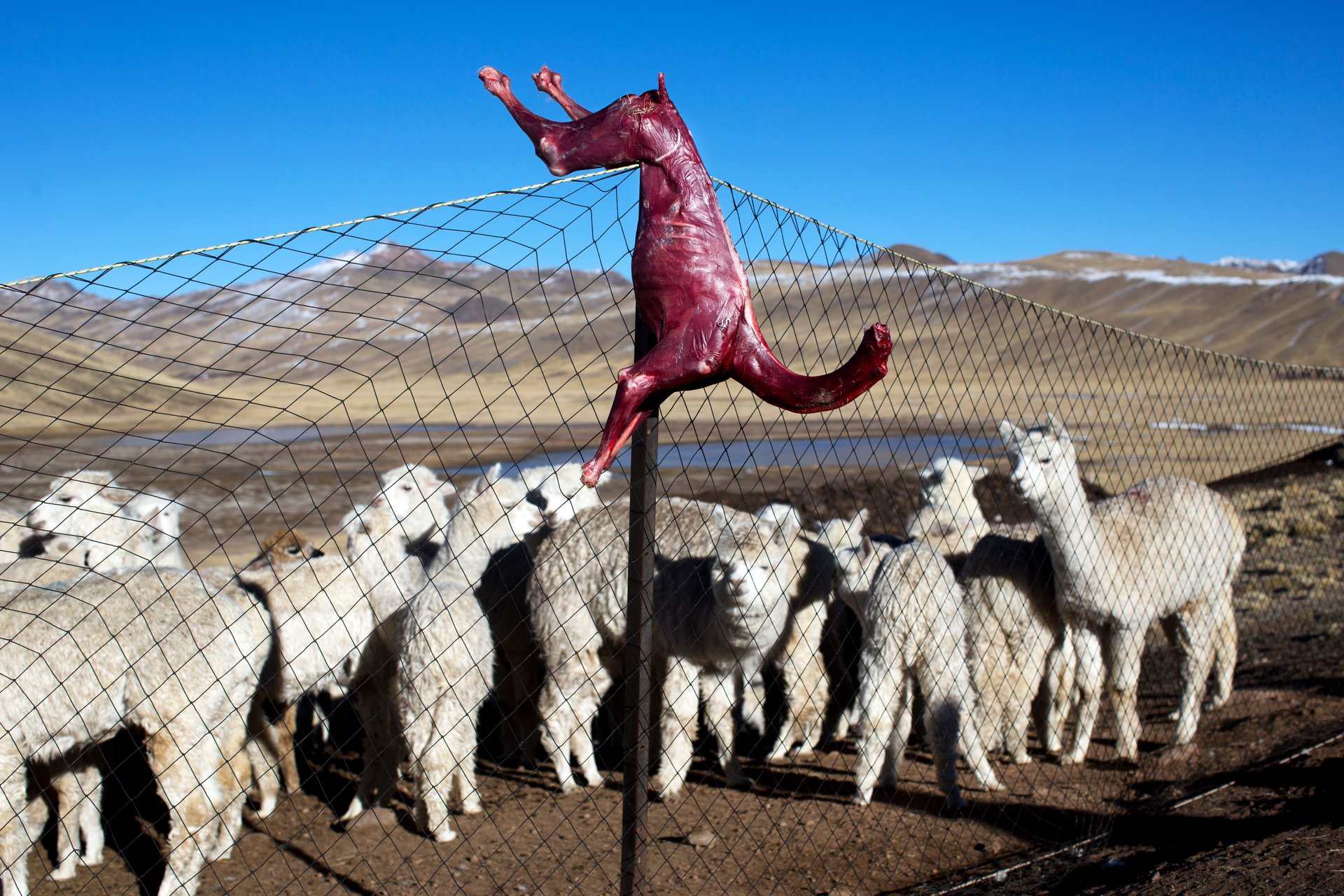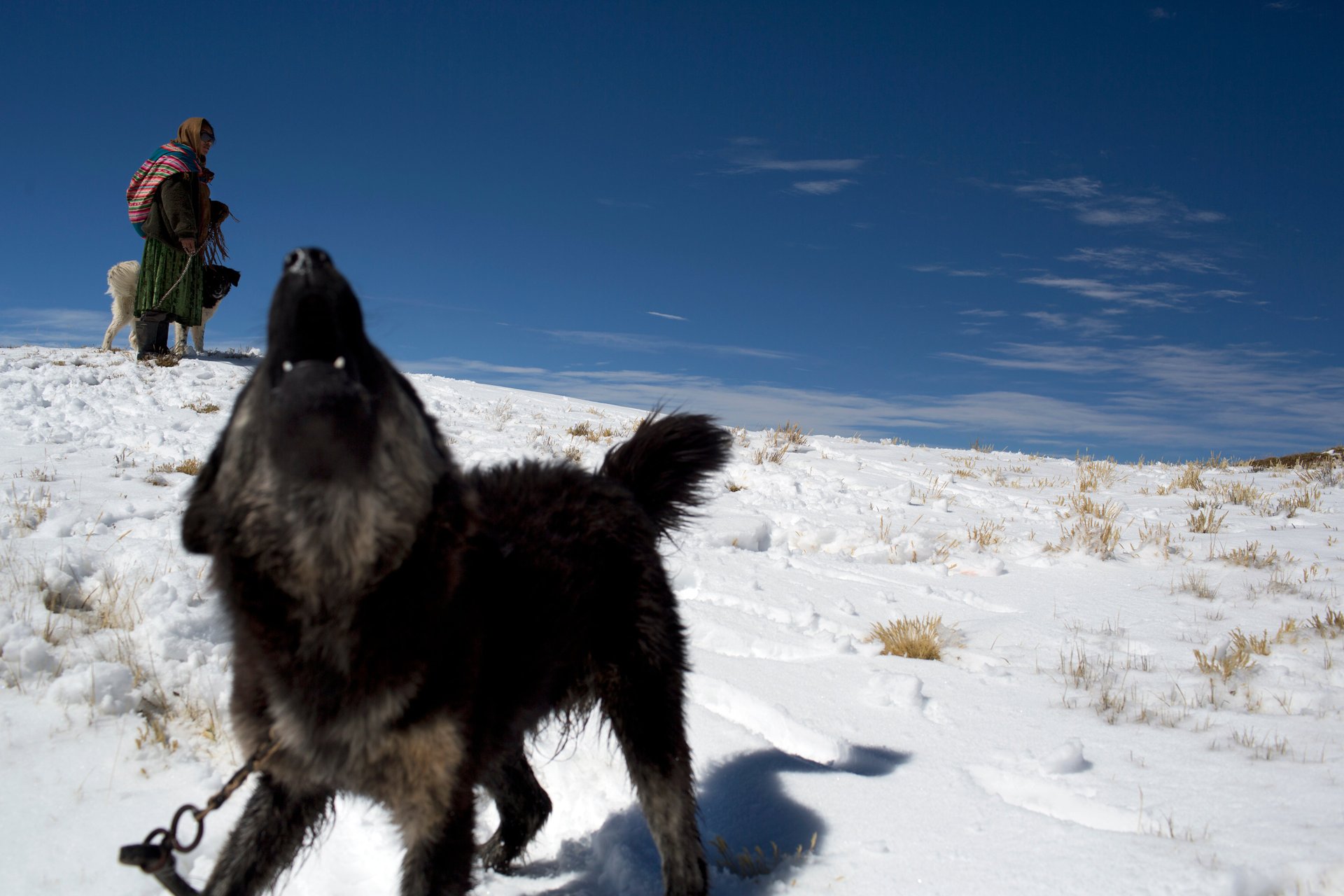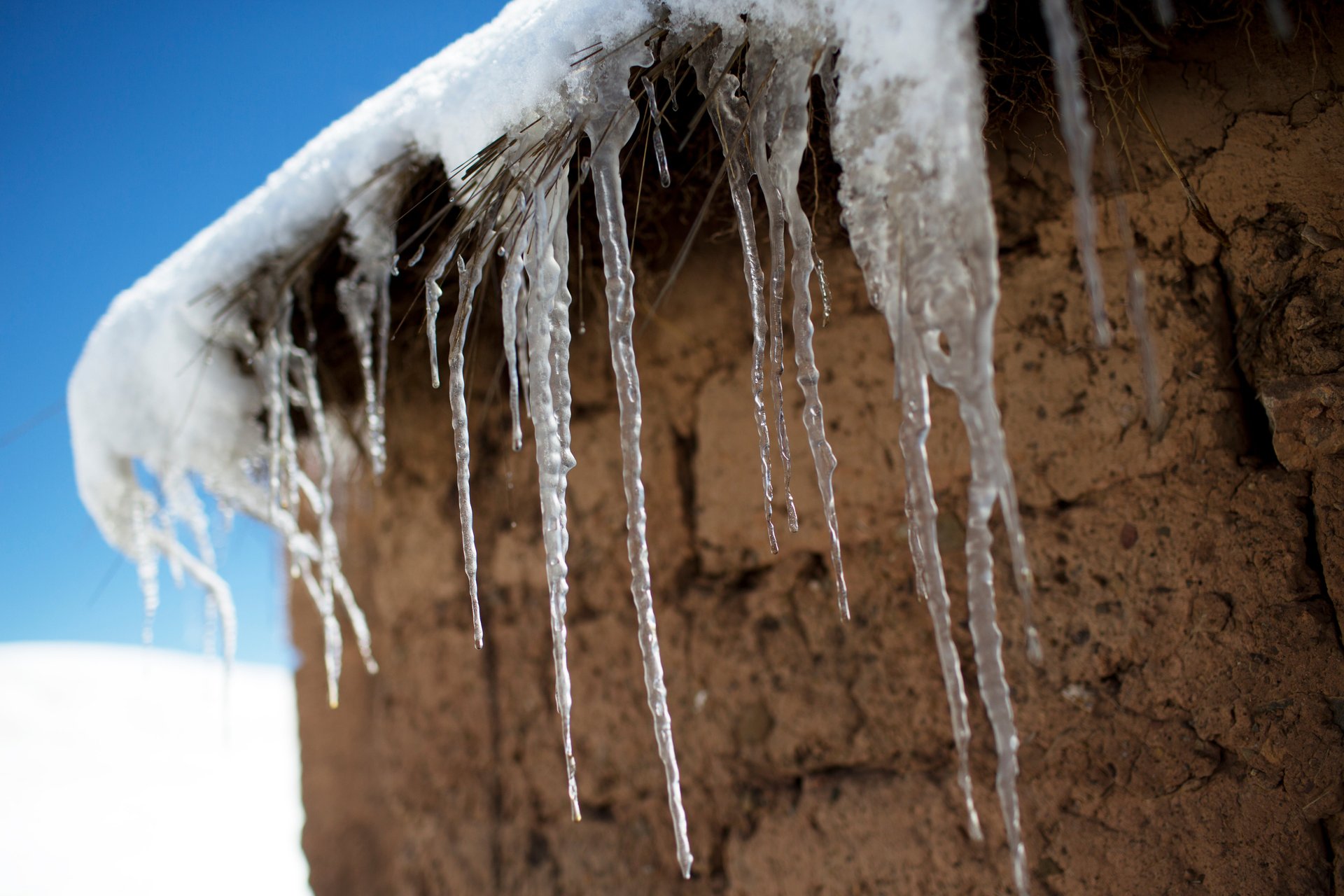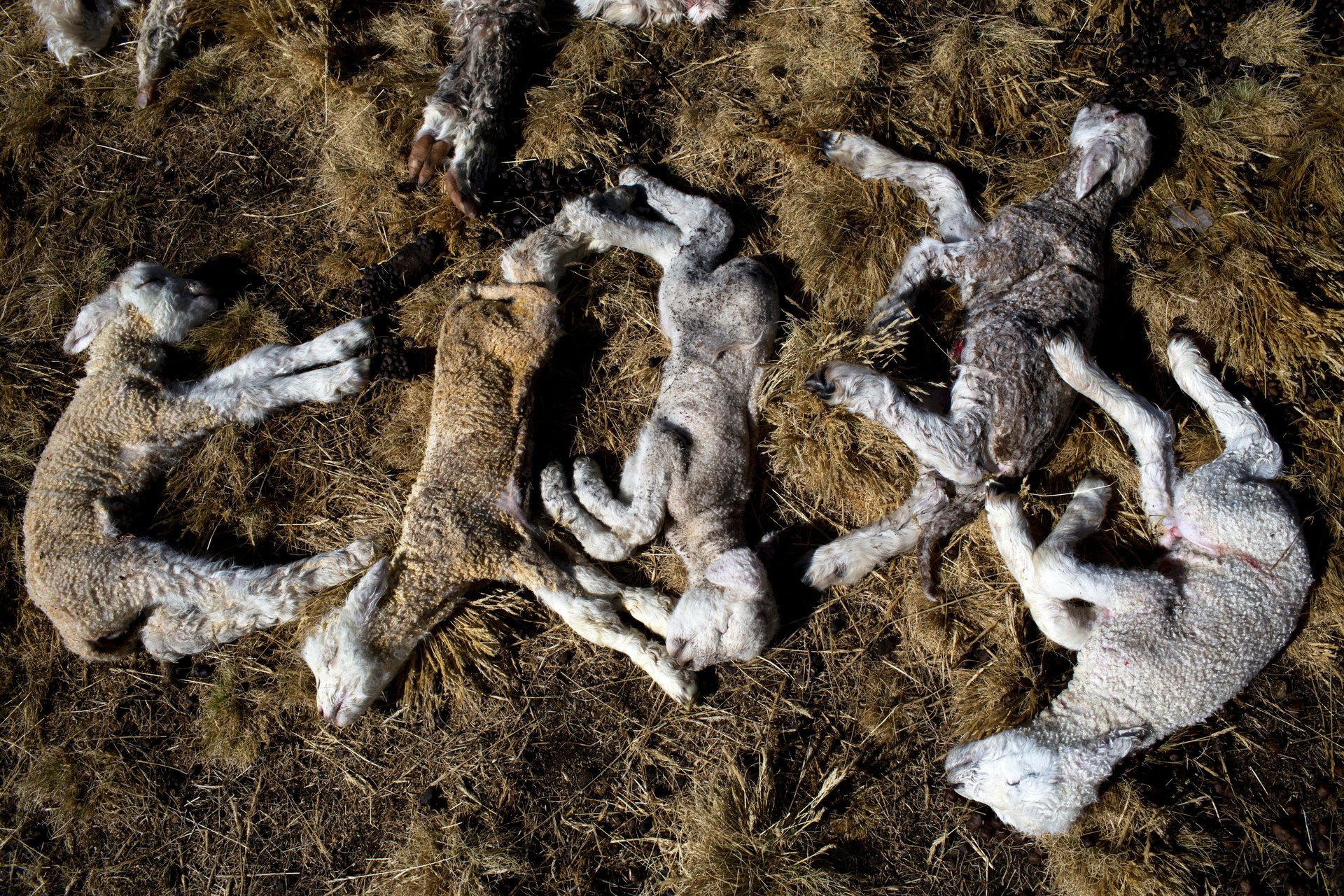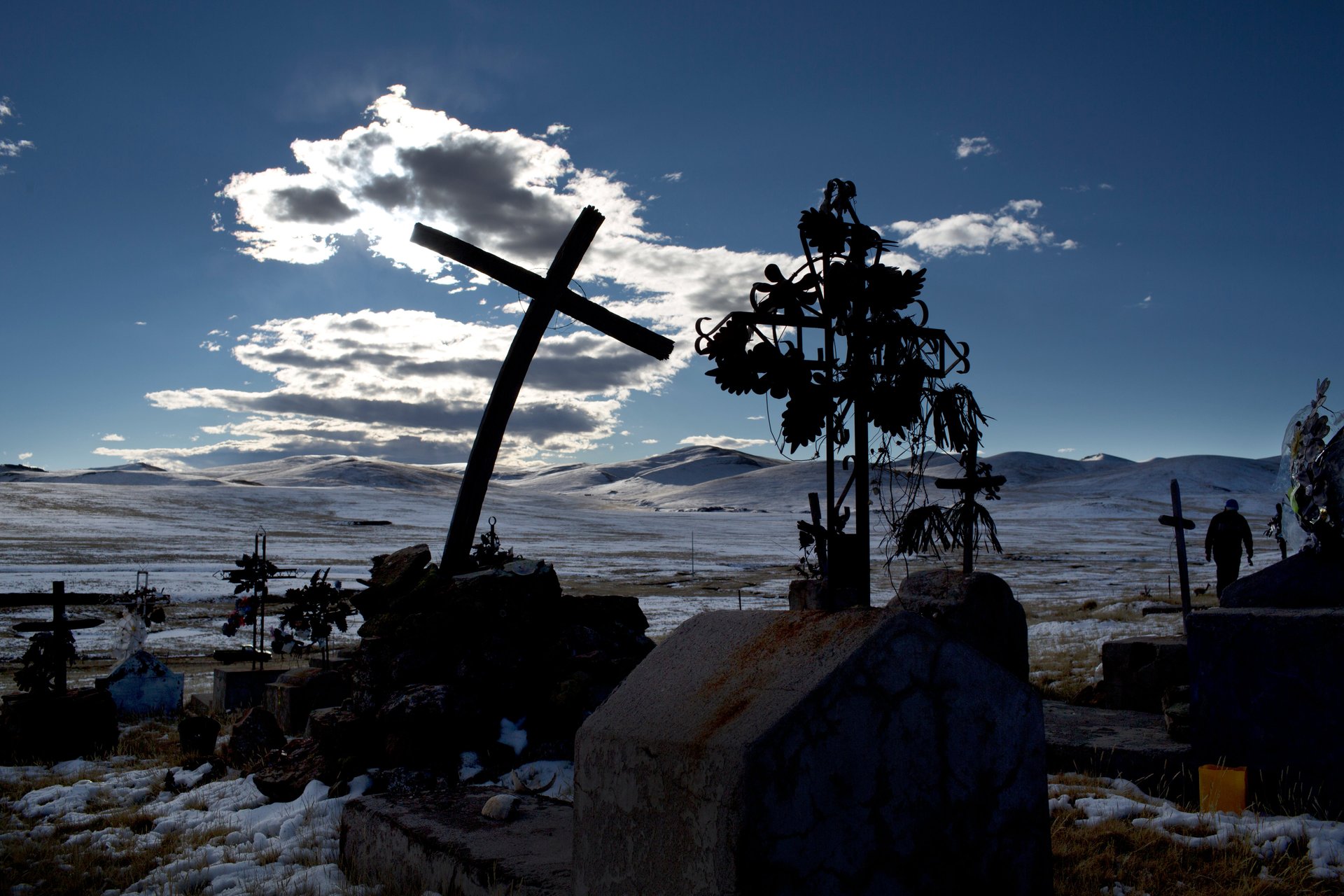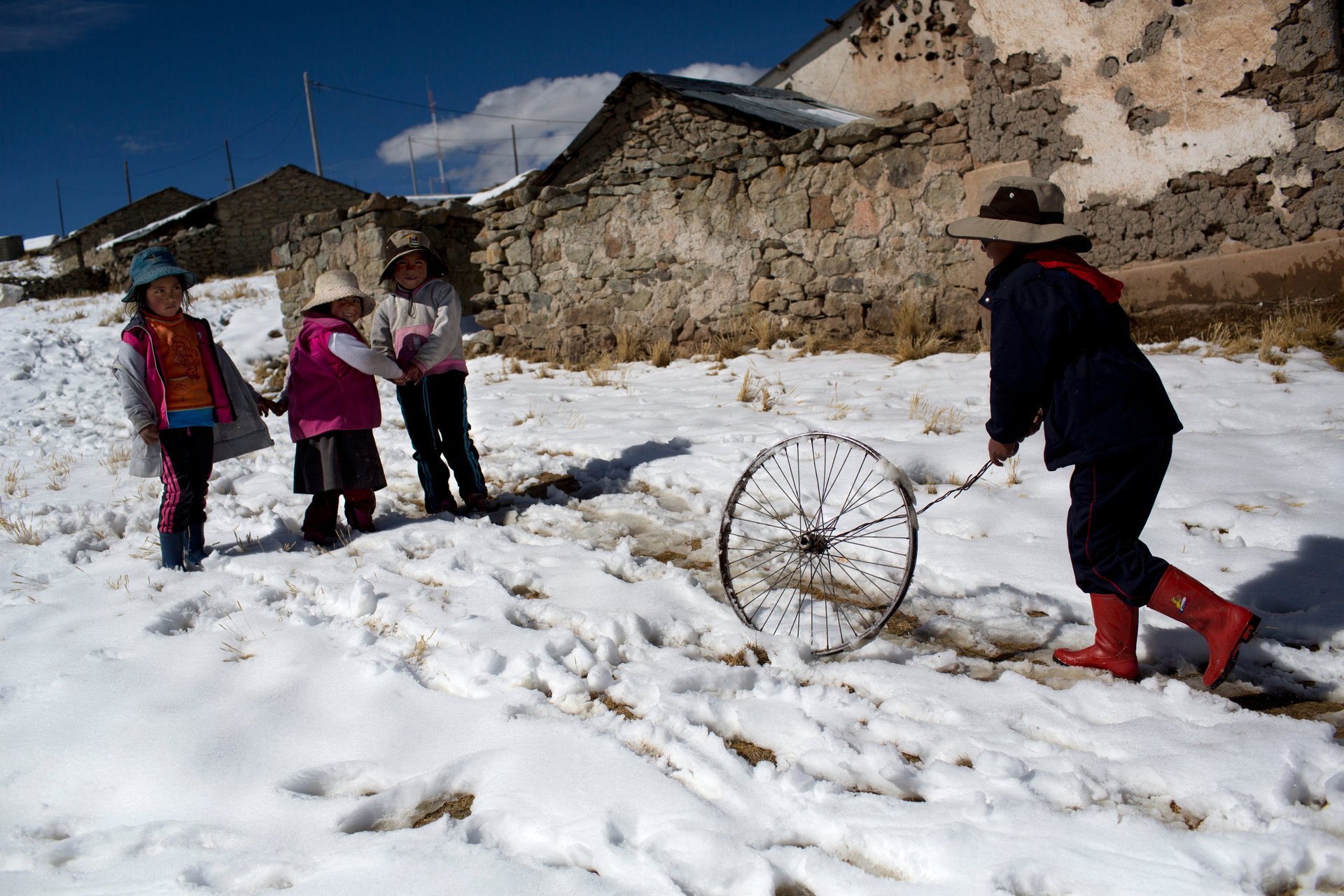50,000 alpacas have frozen to death in Peru
While a heat wave is plaguing the US, Britain, and Iraq in the Northern Hemisphere, a cold snap in Peru is killing alpacas en masse.
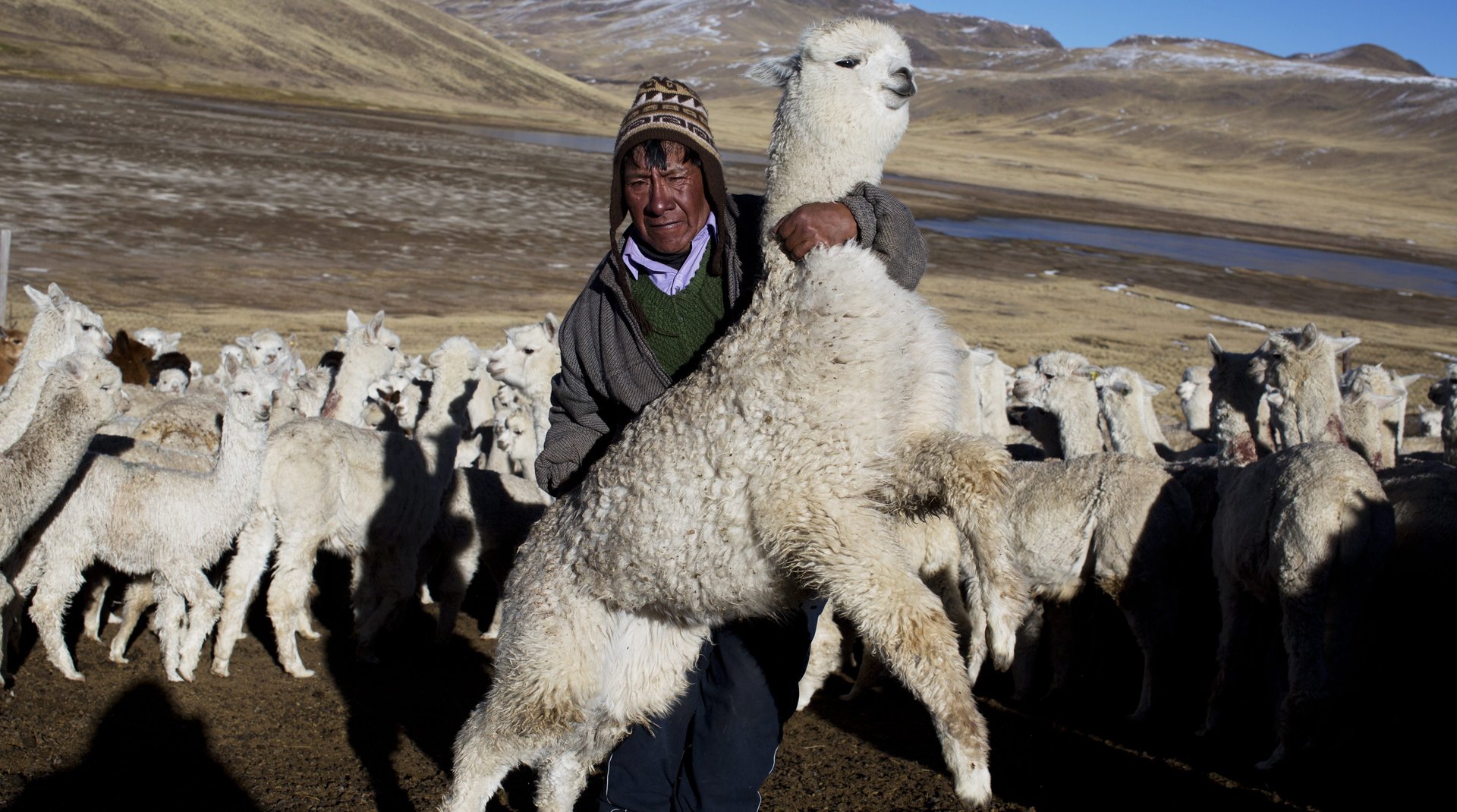

While a heat wave is plaguing the US, Britain, and Iraq in the Northern Hemisphere, a cold snap in Peru is killing alpacas en masse.
As many as 50,000 alpacas raised by indigenous farmers in Puno, the southern part of the Andes, have died from the bitter cold winter where temperatures have plunged as low as -9 degrees Fahrenheit (-23 Celcius), the AP reports.
The Peruvian government has declared a state of emergency in the region and promised to hand out $3 million of relief funds to those affected. They fear that over 300,000 of the nation’s 4 million alpacas will die if the cold continues, and the loss of livestock will devastate 120,000 families, whose meager livelihood depend on the alpaca wool trade.
A similar plight befell the region in 2013 and last year too.
Alpaca fleece has become more popular in the fashion industry in recent years, branded as a more sustainable substitute to mainstream luxury wool like cashmere. The country now exports $150 million worth of alpaca fleece annually. Although a piece of clothing weaved from alpaca wool is sold anywhere between $100 to $5,000, Peruvian farmers only get about $5 for each kilogram they sell, with many earning as little as $1,200 per year.
